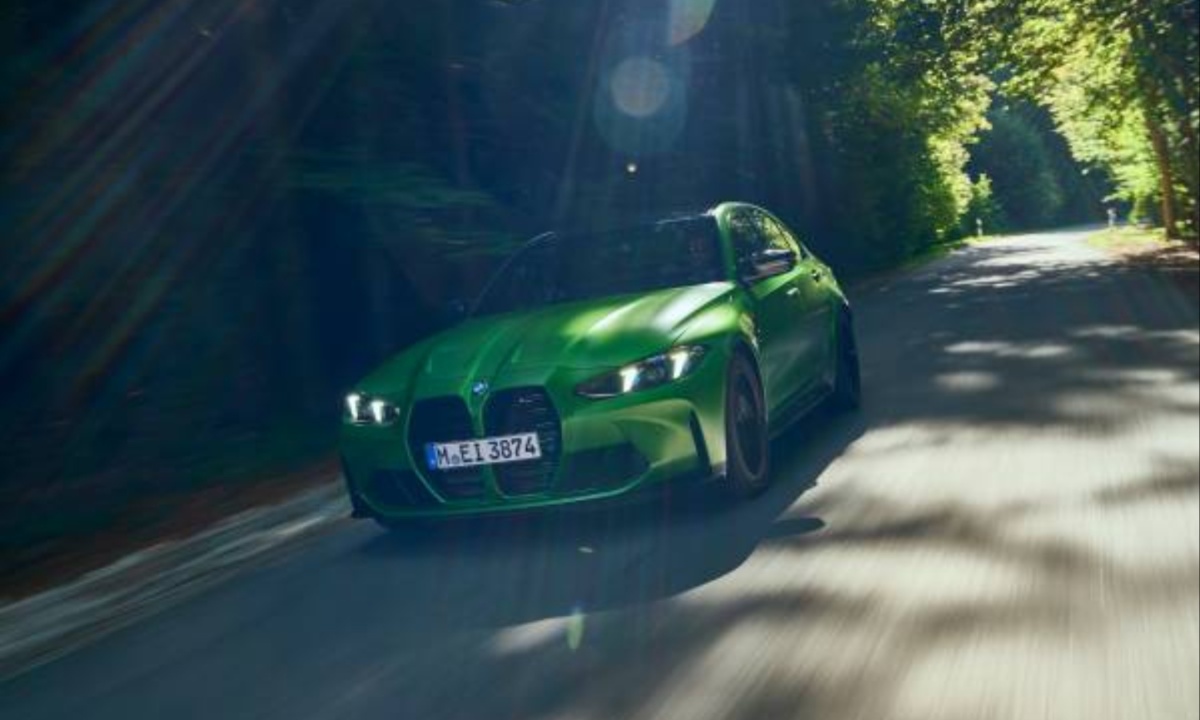The upcoming seventh-generation BMW M3, scheduled for release by 2028, will feature two distinct powertrains: a turbocharged straight-six petrol engine and a high-performance all-electric system. This dual approach aligns with BMW’s strategy to cater to varying customer preferences while adhering to increasingly stringent emissions regulations. The petrol version will utilize an updated version of the current S58 engine, while the electric M3 will be built on BMW’s Neue Klasse platform, showcasing the brand’s commitment to blending legacy and innovation.
BMW M CEO Frank van Meel has outlined the division’s electrification goals, emphasizing that the M3 will retain its core identity regardless of powertrain. He dismissed the notion of separate badging for the electric version, underscoring that the M3 represents a performance promise rather than a specific engine configuration. This philosophy positions the electric M3 as a direct competitor to both traditional ICE rivals like the Mercedes-AMG C63 and electric challengers such as the Porsche Taycan.
Van Meel acknowledged the challenges posed by the weight of early electric vehicles (EVs), driven by the need for large battery packs to ensure sufficient range. He suggested that as public charging infrastructure becomes more widespread, smaller, lighter batteries could become viable, reducing overall vehicle weight. This shift mirrors the evolution of smartphones, where initial limitations were mitigated over time by technological advancements and user adaptability.

To maintain the agility and driving dynamics that define M cars, BMW M is developing a quad-motor powertrain for its electric models. This system, coupled with a central control unit called the “Heart of Joy,” enables precise torque vectoring across all four wheels. The technology enhances acceleration, cornering, and braking capabilities, counteracting the weight disadvantage of EVs and delivering a driving experience consistent with the M division’s reputation.
BMW M will continue to use bespoke components for its electric powertrains, building on its legacy of heavily reworking standard BMW engines for enhanced performance. This approach ensures that the electric M cars maintain a unique identity within the BMW lineup while benefiting from the technological expertise of the parent company. Each major component of the electric drivetrain will be tailored specifically for high-performance applications.
Van Meel expressed confidence in the dynamic potential of BMW M’s electric prototypes, likening their development to the successful transition of the M5 to four-wheel drive and hybrid configurations. He emphasized that early testing of these vehicles demonstrates their ability to meet the high expectations of M enthusiasts, despite concerns about the shift away from traditional internal combustion engines.
Spy images of a camouflaged BMW prototype recently sparked speculation about a new M sports coupé, but van Meel clarified that this particular test mule is not destined to become a mainstream M model. The prototype, featuring in-wheel motors, is likely a showcase for future BMW EV technologies rather than a high-output production car. Such configurations, while innovative, are not suited to the extreme performance requirements of M vehicles.
The new M3 reflects BMW’s broader push into electrification while preserving the essence of its performance heritage. Starting with the Neue Klasse platform’s debut in replacements for the 3 Series and X3, BMW aims to bridge the gap between traditional ICE models and future EVs. By integrating advanced technologies and retaining a focus on dynamic driving, the M division is poised to deliver vehicles that honor its storied legacy while embracing the demands of an electrified future.

